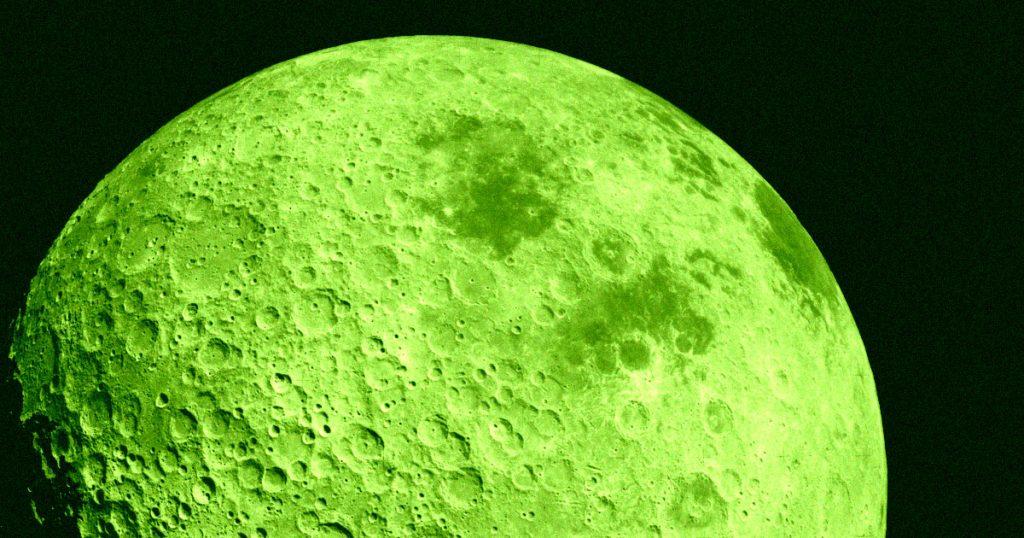Scientists have made a groundbreaking discovery on the far side of the Moon—an extensive radioactive granite formation hidden beneath its surface. This unexpected finding has the potential to shed light on the Moon’s ancient past. According to a recent study published in the journal Nature, the presence of subsurface granite suggests that the far side of the Moon, which is constantly shielded from the Earth, once hosted one or more volcanoes that erupted approximately 3.5 billion years ago during the Moon’s early history.
Matthew Siegler, a co-author of the study from Southern Methodist University, explains the significance of the discovery: “Any significant body of granite that we find on Earth used to feed a series of volcanoes.” He further notes that subsurface rock deposits formed by cooling volcanoes, known as batholiths, are much larger than the surface volcanoes they supply. For instance, the Sierra Nevada mountains in the western United States are a batholith resulting from an ancient volcanic chain.

To analyze the chemical composition of the radioactive lunar deposit, researchers employed microwave frequencies to measure its geothermal activity. The data revealed the presence of specific radioactive elements characteristic of granite. While the Compton-Belkovich “anomaly,” the region on the Moon where the mysterious rock was found, is known to contain a volcanic complex, granite is a rare find.
Remarkably, the newfound granite formation measures over 30 miles in diameter, astonishing the researchers. “The surprising magnitude and geographic extent of this feature imply an Earth-like, evolved granitic system larger than believed possible on the Moon,” stated the researchers in their paper. However, this discovery raises more questions than it answers.

Siegler highlights the absence of water and plate tectonics on the Moon, making the presence of granite perplexing. The researchers ponder whether water existed in this specific area or if extreme heat conditions were responsible for its formation.
The identification of this radioactive granite on the Moon’s far side marks a significant breakthrough in lunar studies. By delving into the Moon’s geological history, scientists hope to gain a deeper understanding of the Moon’s formation, its relationship with Earth, and the broader processes that shaped our solar system. As future missions and research endeavors continue to unfold, the Moon is poised to reveal more of its ancient secrets, further expanding our knowledge of the universe we inhabit.


